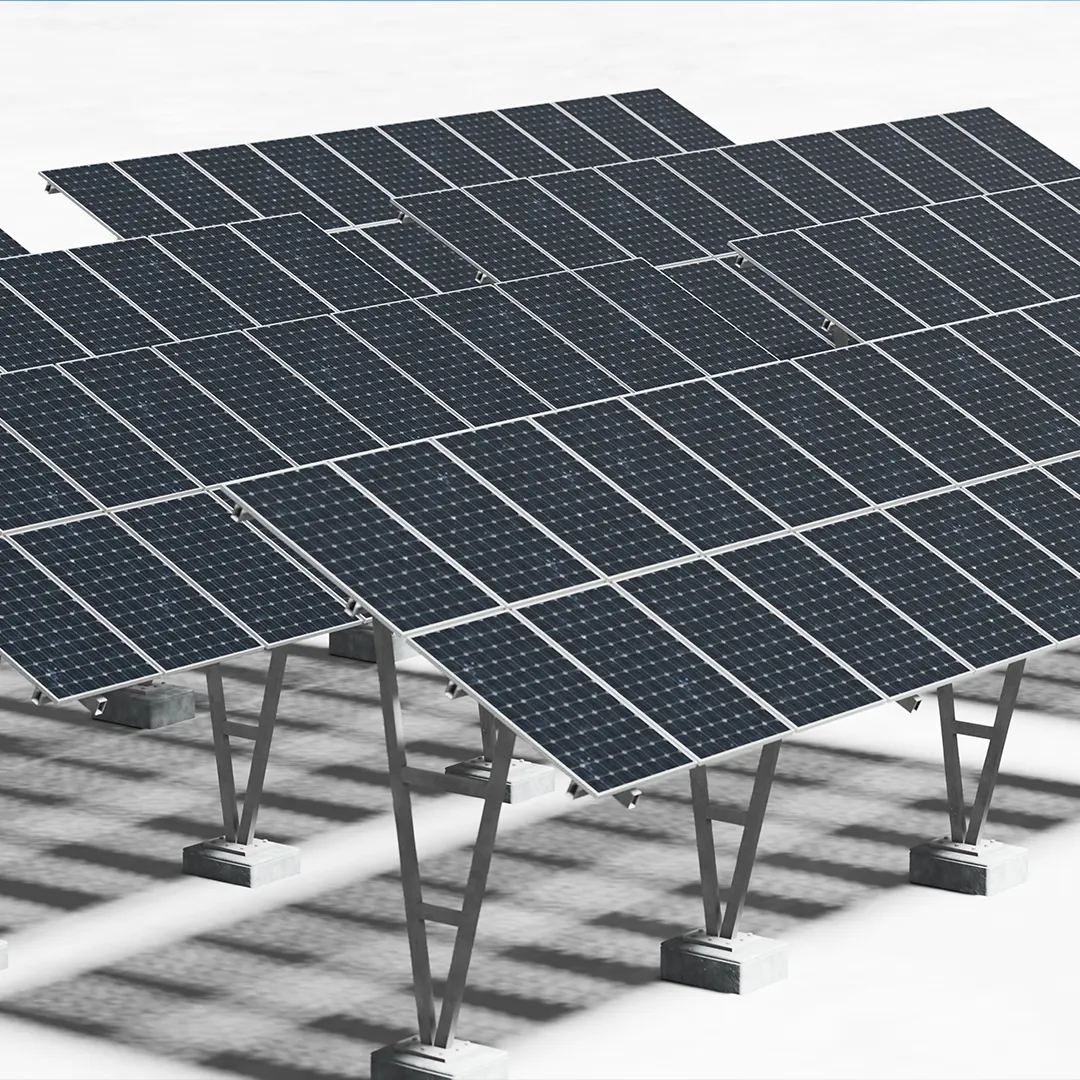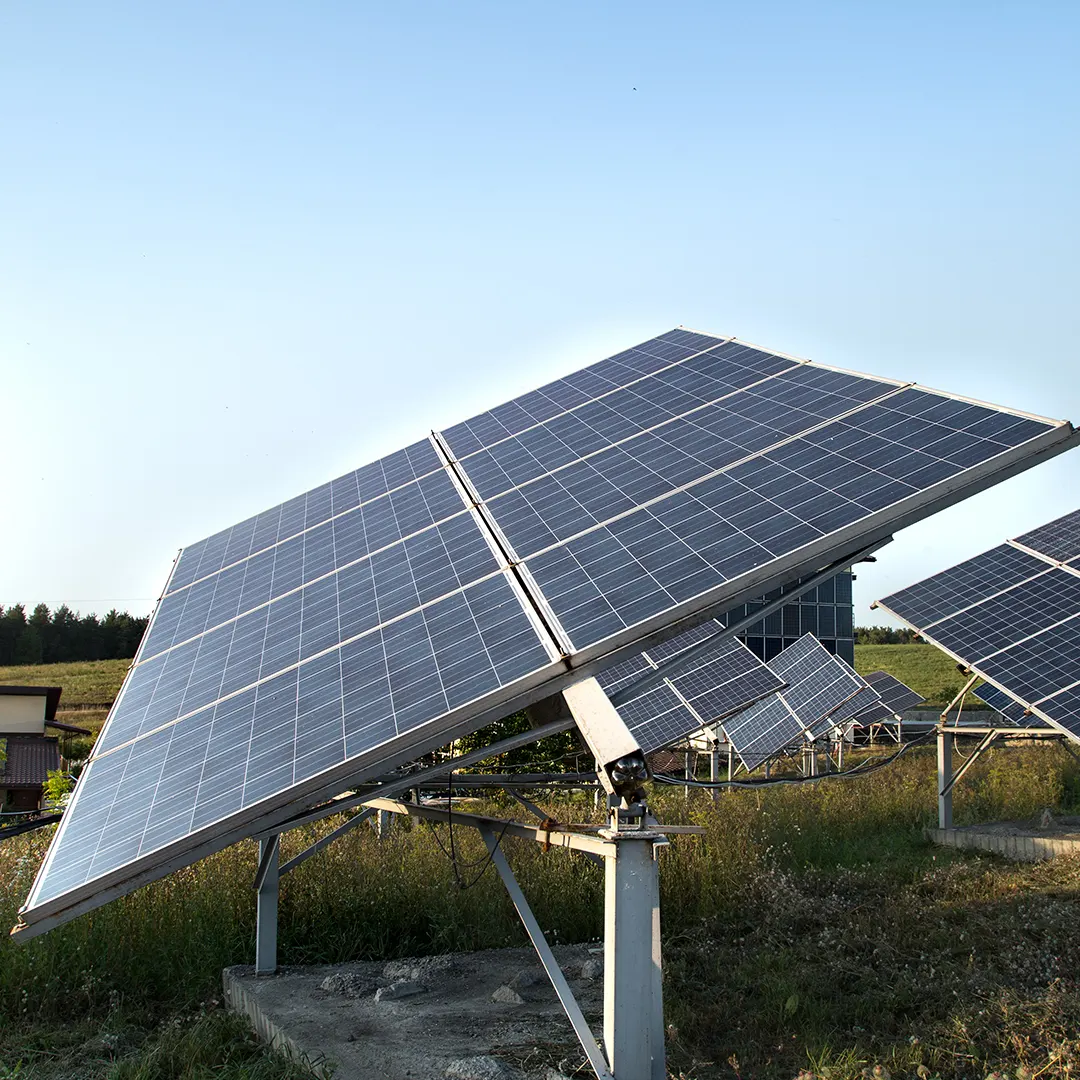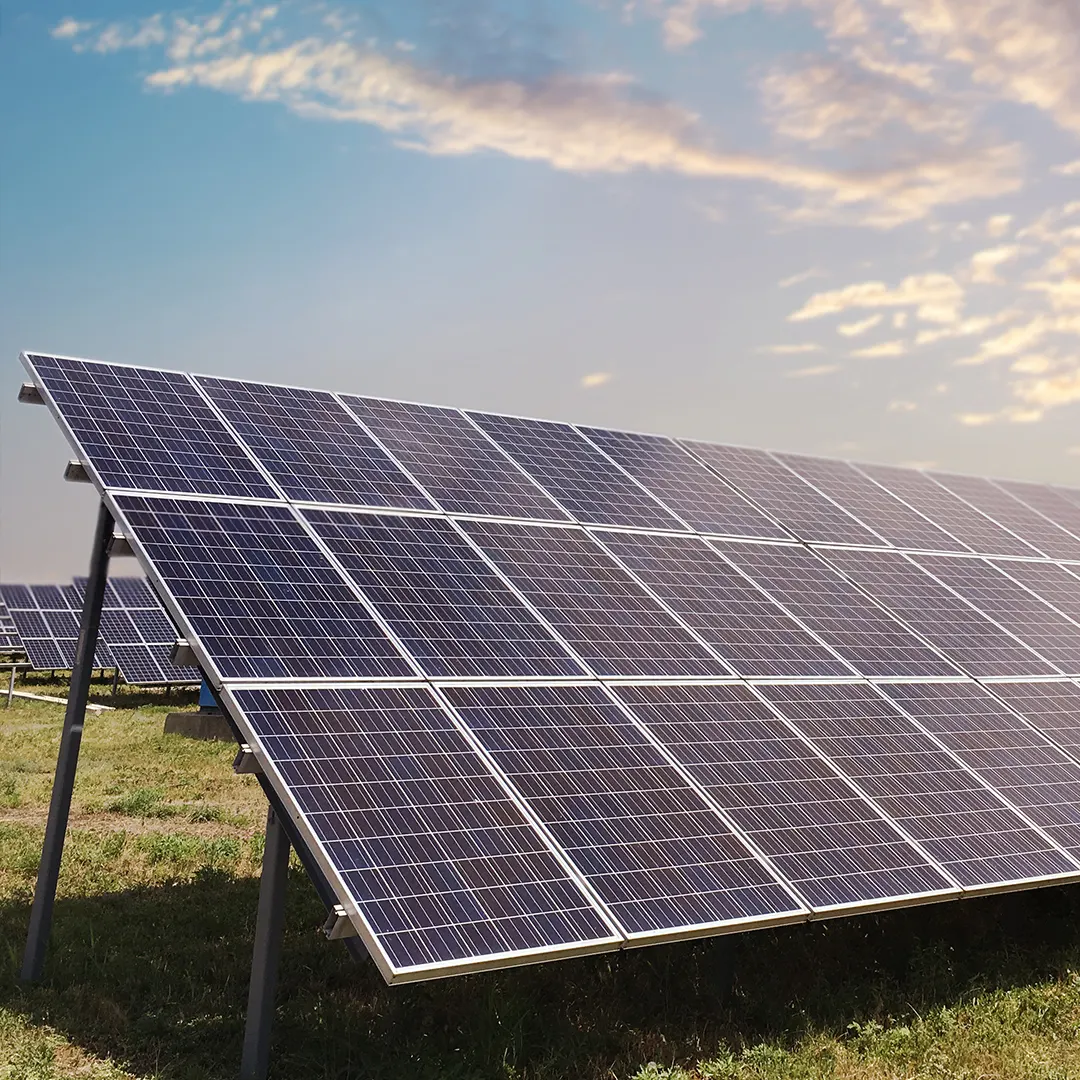
Standard vs. Elevated Solar Mounting Structures: Which is Right for Your Solar Installation?
As the world transitions to renewable energy, solar power has emerged as a leading solution for sustainable energy generation. Solar modules, the core component of solar energy systems, require efficient mounting structures to maximize their performance and durability. Solar module manufacturers are constantly innovating to provide better solutions for various installation needs. Among the many types of solar module structures available, standard and highrise or elevated solar structures are two of the most prominent. This blog delves into the differences between these two types of solar mounting structures, their advantages, and the factors influencing the choice of each.
Types of Design Structures:
Varied applications, terrain, and environmental factors mean that a single structure cannot suit every customer. This necessitates multiple types of solar mounting structures. The three main types are:

- 1. Rooftop Mounting Structure
- 2. Tin Shed Mounting Structure
- 3. Ground Mounting Structure
Solar mounting structures are essential for securing solar panels in place and ensuring they are positioned to receive the maximum amount of sunlight. These structures come in various designs, each suited to different environments and installation requirements. The rooftop mounting structure is further categorized into two types:
- 1. Standard Rooftop Structure
- 2. Elevated Rooftop Structure
Standard Solar Mounting Structures: Typically used for residential and commercial rooftops, ground-mounted systems, and other applications where space and elevation are not major constraints.
Highrise or Elevated Solar Mounting Structures: Designed for installations that require higher elevation, such as over parking lots, agricultural fields, and industrial rooftops where shading and space utilization are critical considerations.

What is a Standard Solar Mounting Structure?
Standard solar mounting structures are the most commonly used systems for installing solar panels. These structures are usually mounted on rooftops or directly on the ground. These basic mounting structures are available in three different types.
Railed Mounting Structure: In this type of mounting structure, solar panels are secured onto several rails using a set of clamps. The rails, made of Galvanized Iron, are attached to the roof using drills and nut-bolts.
Ballast Type Mounting System: Also known as a rail-less or ballasted mounting structure, this system fixes solar panels directly to the roof using hardware. It is a cost-effective and easy method for rooftop solar panel installation
Key features include:
Ease of Installation: Standard structures are designed for quick and straightforward installation, making them cost-effective and accessible for most users.
Low to Medium Elevation: These structures keep the panels close to the mounting surface, which is ideal for minimizing wind resistance and structural stress.
Versatility: They can be used in various settings, including residential rooftops, commercial buildings, and ground-mounted solar farms.
Cost-Effective: Due to their simple design and ease of installation, standard mounting structures are generally less expensive than elevated systems.
What is a Highrise or Elevated Solar Mounting Structure?
Highrise or elevated solar mounting structures are designed to elevate solar panels significantly above the ground or rooftop level. This elevation offers several benefits and is suitable for specific applications. Key characteristics include:
Increased Elevation: Panels are mounted higher above the ground or roof surface, which can help reduce shading from nearby objects and improve airflow.
Space Utilization: Elevated structures allow for dual use of the space beneath the panels, such as parking lots, agricultural fields (agro photovoltaics), or industrial facilities.
Improved Efficiency: By reducing shading and increasing ventilation, elevated structures can enhance the overall efficiency and lifespan of solar panels.
Complex Installation: These structures require more robust engineering and construction, making them more complex and costly to install compared to standard structures.

What is the Difference Between Standard and Elevated Mounting Structures?
The primary differences between standard and elevated solar mounting structures lie in their design, installation, cost, and applications. Here's a detailed comparison:
Design and Construction: Standard structures are typically simpler and consist of a frame that holds the panels close to the mounting surface.
Elevated structures are more complex, requiring additional materials and engineering to raise the panels higher and ensure stability.
Installation Process: Standard mounting systems are easier and quicker to install, often requiring less specialized labor and equipment.
Elevated systems involve more intricate construction processes, which can lead to longer installation times and higher labor costs.
Cost: Standard structures are generally less expensive due to their simplicity and ease of installation.
Elevated structures, with their added complexity and materials, tend to be more costly.
Applications:
Standard structures are ideal for residential rooftops, small commercial installations, and ground-mounted systems where space and elevation are not major issues.
Elevated structures are suitable for large commercial or industrial installations, parking lots, agricultural applications, and other scenarios where maximizing space utilization and reducing shading are critical.
Why Consumers Are Shifting Towards Elevated Design?
Several factors are driving the shift towards elevated solar mounting structures, particularly for large-scale and commercial installations:
Space Optimization: Elevated structures allow dual use of space, making them ideal for installations over parking lots, agricultural fields, and industrial areas.
Reduced Shading: By raising the panels higher, elevated structures minimize shading from nearby objects, leading to better performance.
Improved Airflow: Enhanced ventilation around the panels can reduce operating temperatures and increase efficiency.
Aesthetic and Functional Benefits: Elevated structures can serve additional purposes, such as providing shade for vehicles or crops, thus adding value beyond energy generation.
Should We Go for an Elevated Design Structure?
Deciding whether to opt for an elevated design structure depends on several factors, including the specific needs of the installation site, budget, and long-term goals. Here are some considerations:
Site Conditions: Evaluate the shading, available space, and potential dual-use benefits of the site.
Budget: Consider the higher initial costs of elevated structures against the potential long-term efficiency gains and space utilization benefits.
Purpose: Determine if the additional functionalities of an elevated structure (e.g., shading, dual-use) align with your project goals.

Factors Affecting The Choice of Mounting Structure
Choosing the right solar mounting structure involves assessing various factors to ensure optimal performance and cost-effectiveness. Key factors include:
Geographical Location: The local climate, wind speeds, and sun exposure levels can influence the choice of structure.
Shading: Assess the potential for shading from nearby objects and choose a structure that minimizes shading impacts.
Space Availability: Consider the available space and whether dual-use is a priority.
Budget: Balance the initial costs with the long-term benefits and potential savings in energy generation efficiency.
Regulations and Permits: Ensure compliance with local regulations and building codes.
Choosing a Mounting Structure: Points to Consider
When selecting a solar mounting structure, keep the following points in mind:
System Compatibility: Ensure the mounting structure is compatible with the solar panels and other system components.
Durability and Materials: Choose structures made from high-quality, durable materials to withstand environmental conditions.
Installation and Maintenance: Consider the ease of installation and maintenance requirements.
Vendor Reputation: Select a reputable solar module manufacturer and structure provider to ensure quality and reliability.

Wrapping Up:
In the rapidly evolving field of solar energy, choosing the right solar module mounting structure is crucial for maximizing the efficiency and longevity of your solar installation. Standard and highrise or elevated solar mounting structures each have their unique advantages and applications. While standard structures are cost-effective and easy to install, elevated structures offer enhanced performance and space utilization benefits. By understanding the differences between these options and considering factors such as site conditions, budget, and project goals, consumers can make informed decisions that align with their needs.
For more information on solar module structures and solutions, visit PIXON, committed to delivering high-quality, innovative solar energy solutions. Embracing renewable energy not only contributes to a sustainable future but also offers significant economic and environmental benefits.
By leveraging the right mounting structure, you can ensure your solar panels operate at their best, providing clean, efficient energy for years to come. Whether you choose a standard or elevated design, the key is to make an informed decision that aligns with your specific requirements and long-term sustainability goals.